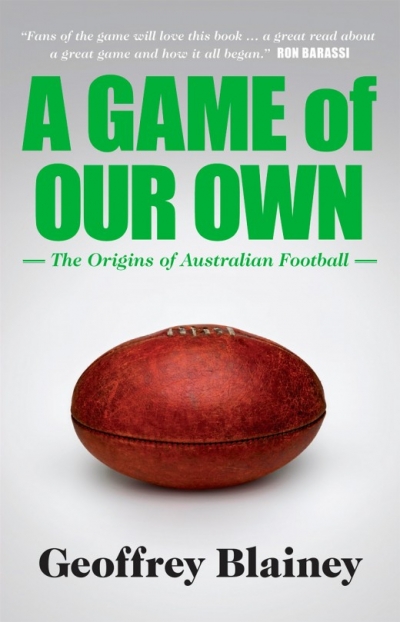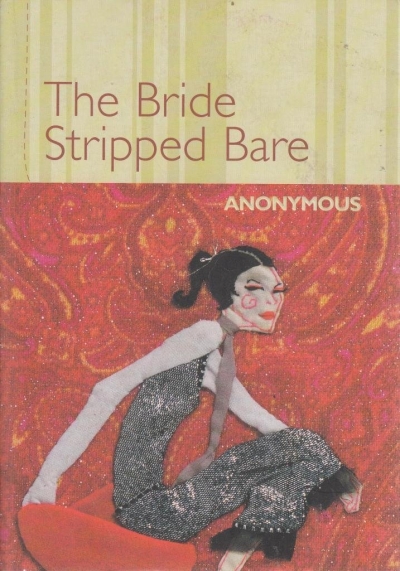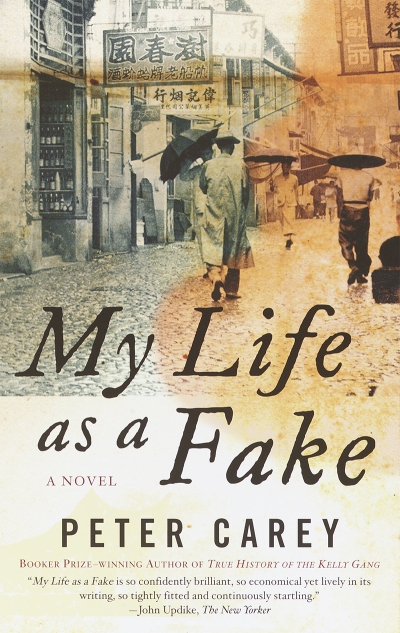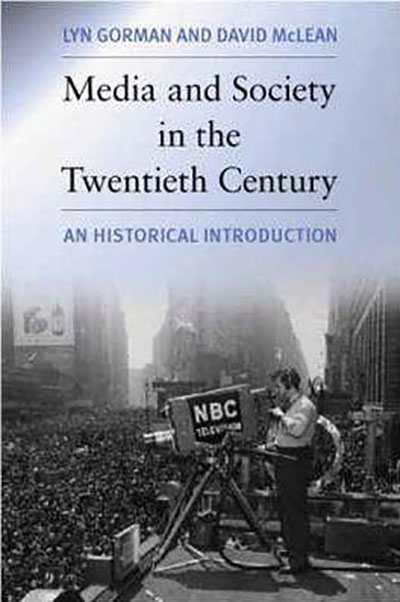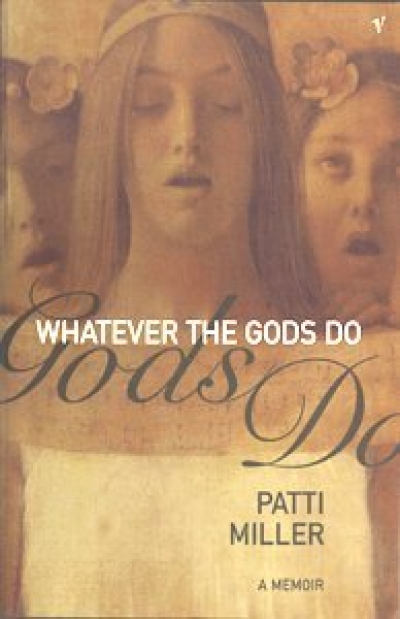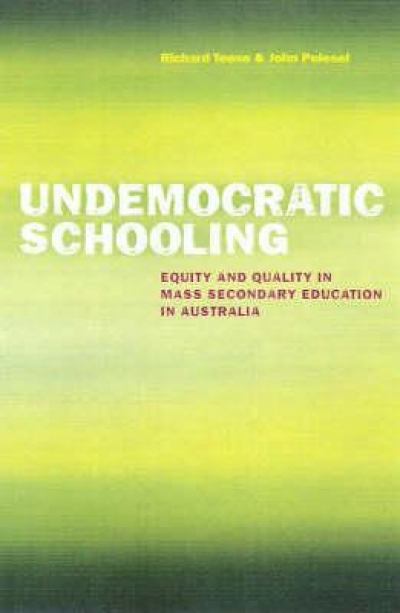Archive
A Game of Our Own: The origins of Australian football by Geoffrey Blainey
by Brent Crosswell •
There is a difference between celebrity and recognition. Celebrities are recognised in the street, but usually because of who they are, or who they are supposed to be. To achieve recognition, however, is to be recognised in a different way. It is to be known for what you have done, and quite often the person who knows what you have done has no idea what you look like. When I say I’ve had enough of celebrity status, I don’t mean that I am sick of the very idea.
... (read more)Media and Society in the Twentieth Century: A historical introduction by Lyn Gorman and David McLean
by Terry Flew •
Who’s Who in Twentieth-Century World Poetry edited by Mark Willhardt and Alan Michael Parker
by Geoff Page •
Undemocratic Schooling: Equity and quality in mass secondary education in Australia by Richard Teese and John Polesel
by Ilana Snyder •


